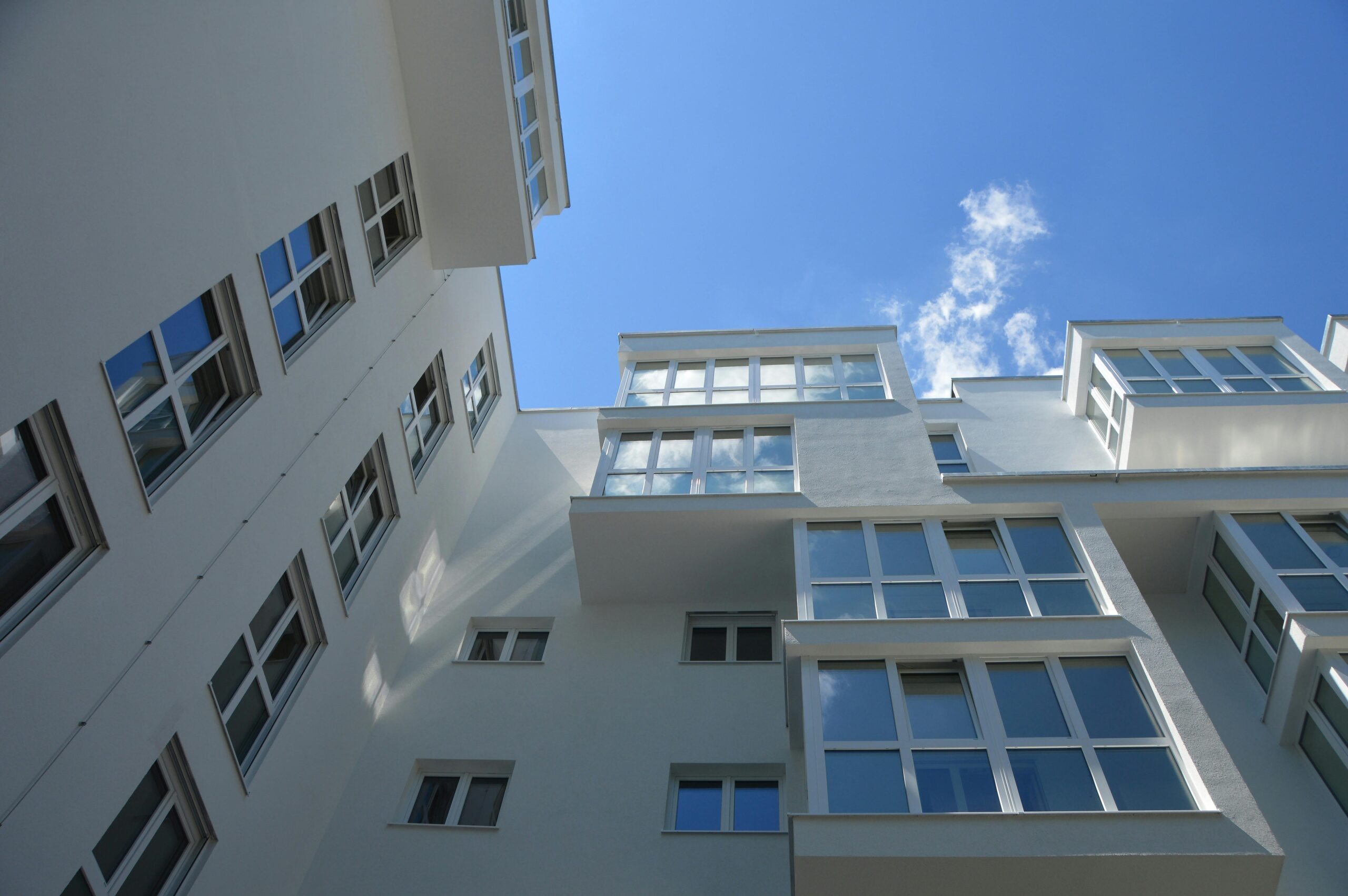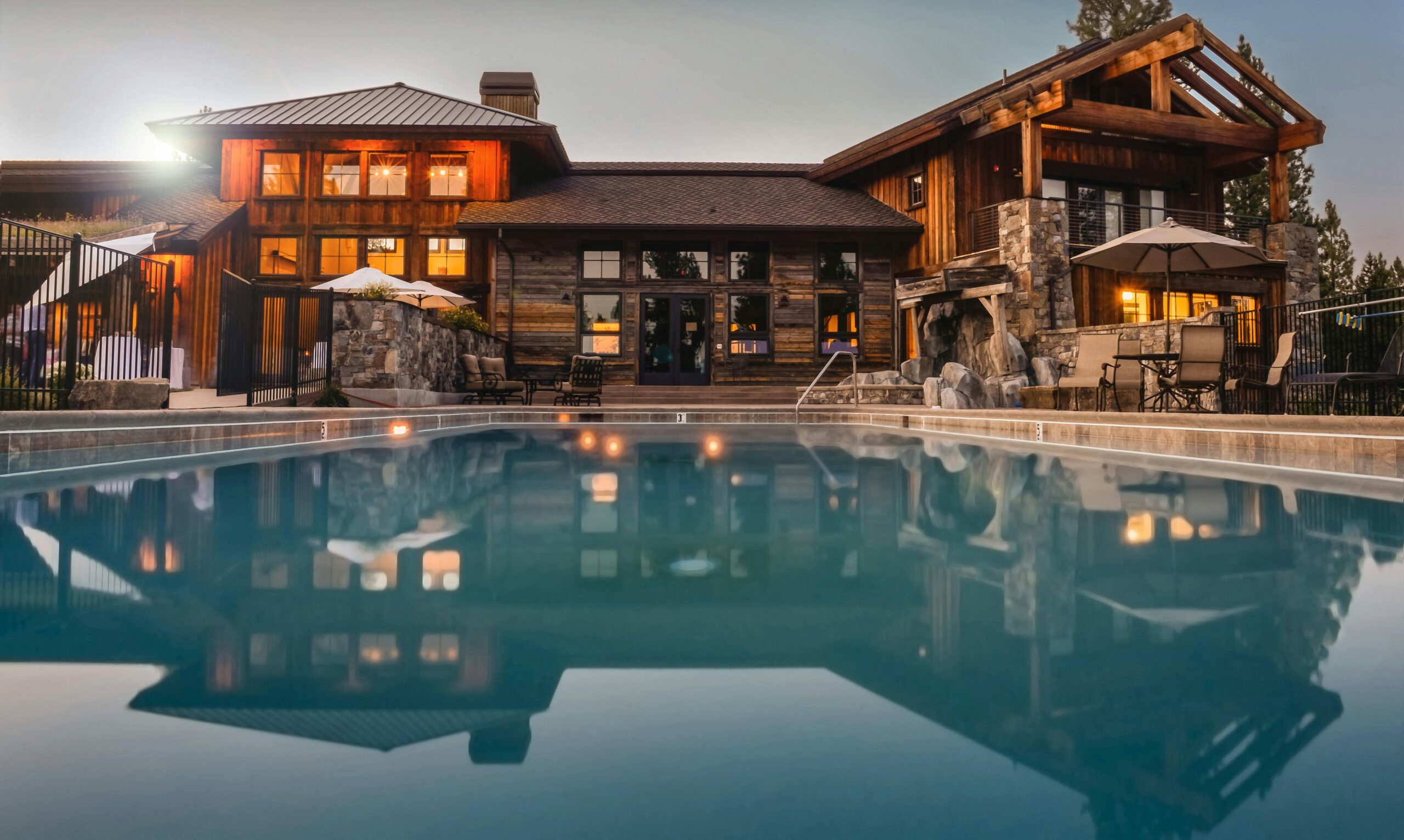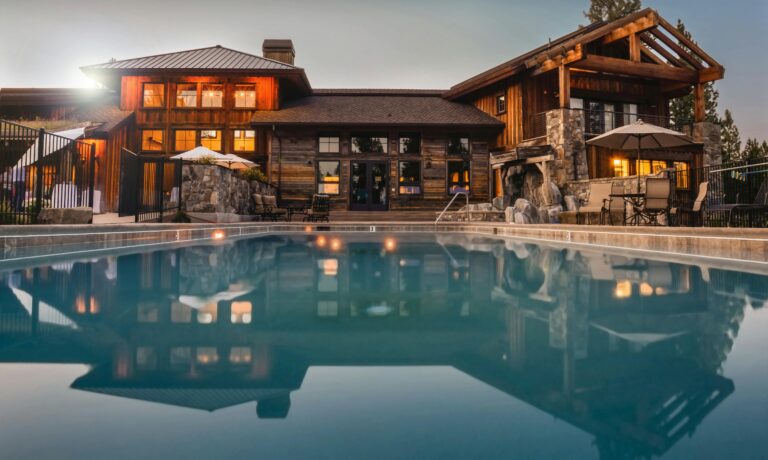
While coastal markets have historically dominated real estate headlines with their sky-high prices and intense competition, the Midwest is emerging as an unexpected powerhouse in America’s housing market. According to Realtor.com’s 2025 Hottest ZIP Codes Report, Midwest communities are claiming multiple spots in the nation’s top markets, proving that affordability, livability, and strong fundamentals can create exceptional buyer demand even in an era of elevated interest rates and housing challenges. So, what are these Real Estate ZIP Codes?
Midwest Dominance in National Rankings
The Midwest’s impressive showing in the 2025 rankings demonstrates a fundamental shift in American homebuyer preferences. Suburban ZIP codes in the Northeast and Midwest are heating up in 2025, with the region’s markets attracting attention with a compelling mix of lifestyle appeal, relative affordability, and strong ties to nearby economic hubs. This recognition places Midwest communities alongside traditionally hot coastal markets, signaling the region’s growing appeal to sophisticated homebuyers.
Among the top 10 hottest ZIP codes nationally, Midwest markets claim several prestigious positions. The top Midwest ZIP code on the list was Ballwin, Missouri’s 63021, which ranked in the third spot. This St. Louis suburb demonstrates that Midwest affordability and quality of life can drive demand comparable to expensive coastal markets while maintaining price points accessible to a broader range of buyers.
Additional Midwest standouts in the top 10 include Strongsville, Ohio (44149) at number six and Bexley, Ohio (43209) at number ten. These Ohio communities, representing the Cleveland and Columbus metropolitan areas respectively, showcase the diverse appeal of Midwest housing markets from established suburbs to thriving state capitals.
Historical Context and Sustained Performance
The Midwest’s strong performance isn’t a one-year anomaly but represents a sustained trend. For the first time since Realtor.com’s inaugural Hottest ZIP Codes Report in 2017, one ZIP code, 43230, Gahanna, Ohio, took the No. 1 spot in 2024, highlighting the region’s consistent appeal. This breakthrough demonstrated that Midwest markets could compete with and surpass traditionally dominant coastal markets.
The consistency of Midwest performance is particularly notable. Ballwin, Missouri’s 63021 ranked second in 2024, and Highland, Indiana’s 46322 ranked ninth that year. All three were also on last year’s list, demonstrating sustained market strength rather than temporary spikes in activity.
What Makes These Markets Hot
The definition of a “hot” market extends beyond simple price appreciation to encompass multiple factors indicating strong buyer demand and limited supply. Homes in this year’s top 10 ZIP codes spend considerably less time on market and demand higher views per listing than the national averages, selling between 30 and 42 days faster than the U.S. average and generating 3.3 to 5.2 times more views per listing, on average.
Strongsville, Ohio exemplifies this exceptional performance. The Cleveland suburb’s listings receive 5.2 times more views per property than the national average, the highest viewer-to-listing ratio among all top 10 markets. Homes sell in a median of 25 days with a median listing price of $423,000, offering substantial value compared to coastal alternatives.
Ballwin, Missouri demonstrates similar strength with homes receiving 3.8 times more views than average and selling in just 22 days. The median listing price of $350,000 provides exceptional affordability compared to national averages while still generating intense buyer competition.
The Affordability Advantage
One of the Midwest’s most compelling advantages is its ability to offer both value and desirability simultaneously. While seven of the top 10 ZIPs had median listing prices above the national average of $441,000 (as of June 2025), six of the ten were more affordable than their surrounding metro areas. This shows buyers are seeking relative value and prioritizing savings over the metro median rather than chasing the lowest possible price point.
Midwest standouts like Ballwin, Mo. and Strongsville, Ohio, and Bexley, Ohio had prices higher than their metros, signaling robust local demand and possibly more move-up buyers or equity-rich shoppers. Yet, their price points remain moderate on a national scale—demonstrating that affordability and desirability can go hand-in-hand.
This pricing dynamic creates a virtuous cycle: homes are affordable enough to attract a broad buyer pool while commanding enough value to indicate genuine market strength and quality neighborhoods. Buyers from high-cost coastal markets find Midwest prices remarkably accessible, while local buyers benefit from strong communities without being completely priced out.
Broader Midwest Representation in Top 50
Beyond the top 10, the Midwest demonstrates exceptional depth throughout the broader rankings. The top 50 hottest ZIP codes feature numerous additional Midwest markets spanning multiple states and metropolitan areas, illustrating the region’s comprehensive strength.
Illinois markets include Rockford (61108) ranked 11th with a remarkable median listing price of just $188,000, and Wheaton (60189) at 12th position. Wisconsin is well-represented with Waukesha (53186) at 14th, Kenosha (53142) at 23rd, Racine (53402) at 30th, Sheboygan (53083) at 32nd, Wausau (54403) at 42nd, and La Crosse (54601) at 44th.
Ohio continues its dominance deeper in the rankings with Toledo (43614) at 17th, Cuyahoga Falls (44221) at 22nd, Mansfield (44904) at 34th, Ashland (44805) at 37th, Canton (44718) at 39th, and Tiffin (44883) at 48th. This extensive Ohio representation demonstrates the state’s particular appeal across multiple market sizes and price points.
Other Midwest states with strong showings include Missouri with Jefferson City (65109) at 20th, Kansas with Wichita (67212) at 33rd, Indiana with Carmel (46033) at 45th and Fairfield (45014) at 43rd, and Kentucky with Louisville (40241) at 40th.
Economic and Demographic Drivers
The Midwest’s success reflects underlying economic and demographic strengths that support sustained housing demand. The typical buyer in these ZIPs is more financially prepared than the average U.S. shopper. Across the top 10 ZIPs, median household income reaches $114,000 compared to the national figure of $79,000, average credit scores hit 759 versus 748 nationally, and typical down payments range from $42,000 to $143,000 against the national median of $30,000.
This financially robust buyer pool includes established households with equity from previous home sales, dual-income professional couples, and remote workers relocating from higher-cost areas. The median age of household heads in these markets is 56 compared to 54 nationally, indicating more established buyers with accumulated savings and equity.
Homeownership rates in hottest Midwest ZIPs average well above national norms. Homeownership rates in the hottest ZIPs average 75.2%, nearly 10 percentage points above the national rate of 65.1%. Communities like Strongsville, Ohio feature homeownership rates exceeding 80%, indicating stable, owner-occupied neighborhoods with long-term residents invested in community quality.
Metro Connections and Suburban Appeal
Midwest hot markets share a common characteristic: suburban settings that maintain strong connections to major metropolitan employment centers. All of this year’s top ZIP codes share one key trait: suburban settings that don’t sacrifice access, offering larger homes, excellent schools, and community amenities while staying within reach of major cities.
Ballwin’s proximity to St. Louis provides residents access to major employers in healthcare, finance, and professional services while maintaining a distinct suburban character. Strongsville benefits from Cleveland’s diversified economy including healthcare systems, manufacturing, and professional services. Bexley’s location adjacent to downtown Columbus provides walkable access to the state capital’s growing technology and healthcare sectors.
This suburban-urban balance addresses a key tension in modern American housing preferences. Buyers want space, good schools, and community amenities but need reasonable access to quality employment. Midwest markets increasingly deliver both elements at price points that make the trade-offs worthwhile.
Out-of-Area Buyer Interest
The migration of buyers from high-cost coastal markets represents a significant driver of Midwest demand. Home shoppers from major urban areas are driving demand. New York City was the top source of out-of-area views for three ZIPs, Boston for four, and Washington, D.C. for two. Median earnings in these areas are, on average, 50% more than the national median income, suggesting that these shoppers may be higher earning and more competitive in tight markets.
These high-earning out-of-area buyers bring substantial purchasing power to Midwest markets. A household earning $150,000 in New York City and paying $3,000+ monthly for a small apartment discovers that the same income in Ballwin or Strongsville can afford a spacious single-family home with excellent schools and community amenities.
The remote work revolution, while moderated from pandemic peaks, continues enabling geographic flexibility for knowledge workers. Technology professionals, consultants, and other remote-capable workers can maintain coastal salaries while enjoying Midwest cost of living, creating powerful incentives for relocation.
Quality of Life and Community Factors
Beyond pure financial considerations, Midwest hot markets offer quality of life factors that attract and retain residents. Homes in six of the top 10 ZIPs are larger than their metro averages, reflecting growing buyer interest in space and comfort. This space advantage is particularly valuable for families, remote workers needing home offices, and households seeking outdoor amenities.
School quality consistently ranks among the most important factors for homebuyers with children, and Midwest hot markets deliver exceptional educational opportunities. Communities like Bexley are renowned for outstanding public schools that compete with private institutions, while maintaining the affordability that allows middle-class families to access these opportunities.
Community amenities including parks, recreational facilities, libraries, and civic organizations create the social infrastructure that makes neighborhoods desirable long-term residences rather than mere housing units. Midwest communities often maintain stronger civic engagement and community identity than rapidly growing Sun Belt developments.
Market Outlook and Sustainability
The Midwest’s real estate strength appears positioned for sustainability rather than representing a temporary bubble. The region’s fundamental advantages—affordability, quality of life, economic diversity, and stability—create conditions for continued strong performance even as national market conditions evolve.
However, sustained popularity brings challenges. As more buyers discover Midwest value, price appreciation may gradually erode affordability advantages. Markets like Columbus have seen elevated investor buying reflecting strong rental demand, which can change community character and reduce homeownership opportunities for local residents.
Infrastructure and services must keep pace with growth to maintain the quality of life that attracts buyers initially. Schools, transportation, and municipal services require investment to accommodate population increases without degrading the community attributes that drove growth.

The Midwest’s emergence as home to some of America’s hottest real estate ZIP codes represents a fundamental shift in national housing market dynamics. Markets like Ballwin, Missouri, Strongsville and Bexley, Ohio demonstrate that affordability, livability, and strong fundamentals can generate buyer demand and market heat comparable to traditionally dominant coastal markets.
With homes selling 30-42 days faster than national averages, generating up to 5.2 times more views per listing, and attracting financially strong buyers from across the country, these Midwest communities prove that the future of American real estate extends far beyond coastal markets. As buyers increasingly prioritize value, space, and quality of life over proximity to traditional coastal hubs, the Midwest’s competitive advantages position the region for continued success in America’s evolving housing landscape.





